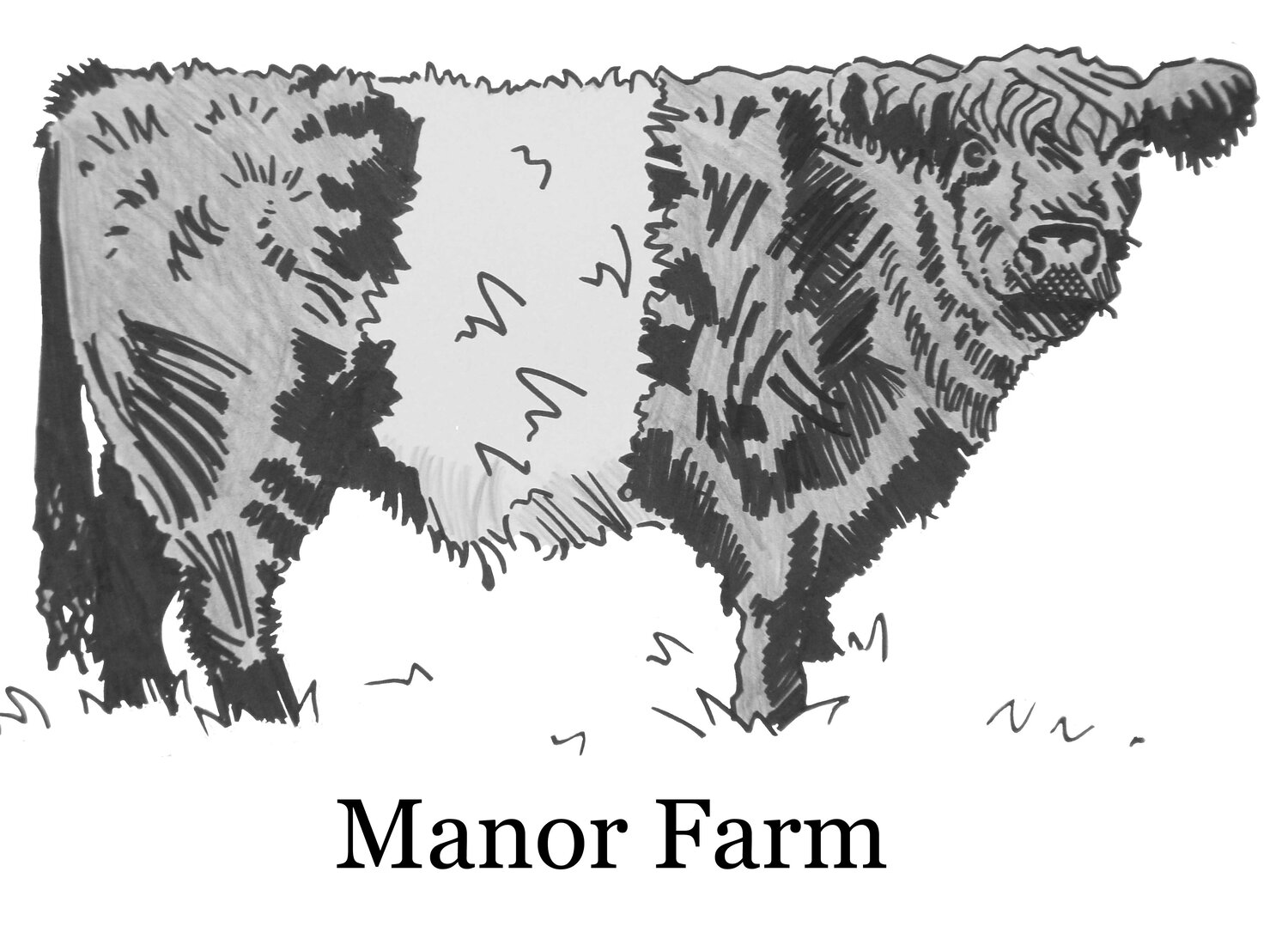Crop Rotations
Our crop rotations this year include wheat, spring barley, oilseed rape (OSR), fodder beet, maize, and grass.
Oil seed rape crop with wildlife headlands, hedgerows and woodland
In heavier soils the temperature required for maize to germinate is 10 degrees, over the course of four consecutive days prior to drilling. However, we usually drill maize when the soil temperature reaches 12 degrees and preferably into damp conditions.
However, with April being particularly dry and cold, conditions weren’t ideal and within days of drilling we experienced some persistent, high winds which may yet affect seed establishment.
Okay, so farmers do talk about the weather a fair amount, but with good cause! You can have all the right seed and equipment, but the weather is one variable we cannot alter; it can affect the sowing and establishment of the plant, its growth, quality, yield, and success or otherwise of the harvest.
And now, here we are halfway through May and the average rainfall for this month has already fallen from the sky!
When the rain decides to ease, the tractor can return to the fields and wheat can be direct-drilled into some headlands.
These field margins of wheat need to establish over the coming months and will be left unharvested, so that the standing crop may provide bird food during winter.
Areas such as the wide, green field edge above are sown and established especially to provide food and shelter for wildlife.
Visitors to the area may see the wide margins around the fields; some with the wheat growing and others that may appear to ‘just’ be grass and flowers.
However, we provide field margins especially for wildlife and a lot of time and effort goes into establishing them; to offer a place of safety and peace, shelter and food for small mammals, birds, insects and reptiles. These areas around fields are chosen because they are not public paths and therefore the wildlife should not be disturbed.
This environmental work aims to increase biodiversity in the farmed landscape and we are pleased to have seen an increase in species being recorded and thriving.
We’d be delighted if visitors to the countryside would join our vision so that we might succeed in our endeavours of providing and protecting these quiet areas, hedgerows and fields for wild plants and animals, by remaining on public paths and keeping dogs off these margins and out of the hedgerows; therefore with everyone caring for the environment in this way, bird species like the Yellowhammer will continue to breed here which would be fantastic, but with disturbance in the hedges they will sadly decline. So let's make this a joint effort to support nature and see an increase in biodiversity.



